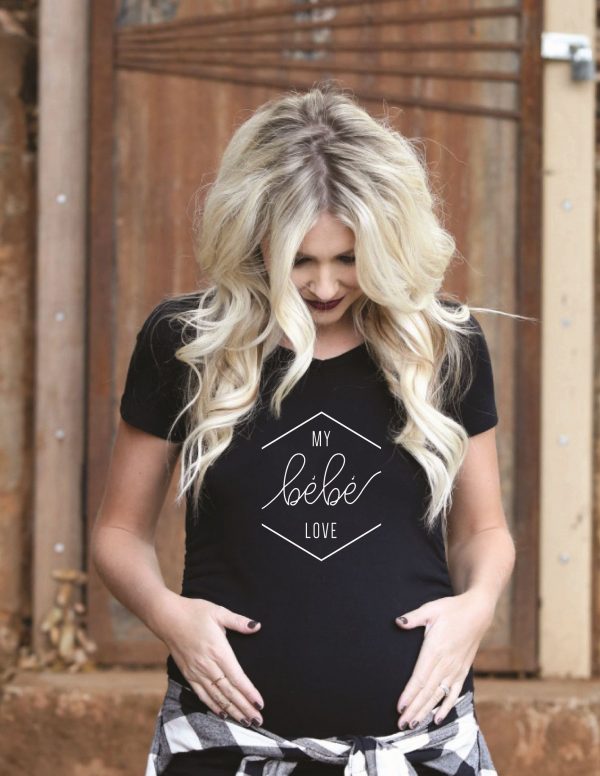Being pregnant doesn’t mean you can’t have fabulous hair — just exercise a little caution and common sense. Swollen ankles, stretch marks, an itchy belly…some things are inevitable when you’re pregnant. But roots and grays? Not necessarily.

Can you dye your hair while pregnant?
Yes, you can dye your hair while you’re pregnant — as long as you take certain precautions and mention your pregnancy to your stylist.
Tips for dyeing your hair during pregnancy
Here are five tips to ensure you get the hair color you want while protecting your baby-to-be.
- Wait until the second trimester. Is it safe to use hair dye during pregnancy? Research on this subject is limited, but many experts advise mothers-to-be to wait until around the beginning of the second trimester. No doubt, you may be ready to hit the bottle (of hair dye, that is) after about a month — with all of those pregnancy hormones racing through your body, your hair may be growing faster than ever and may even have a different texture and color than you’re used to. But the first 12 weeks are a time of major development for your baby: Organs are taking shape, muscles and vocal chords are forming and nail beds and hair follicles are starting to develop. Even though you don’t absorb much of the chemicals in hair dye — and there’s actually no hard evidence that those chemicals are indeed harmful to your baby — why take the chance?
- Opt for the safest services. Once you get the go-ahead from your doctor to book the salon appointment, you may want to reconsider which service you get. Root touch-ups and a root-to-tip color change are considered single-process color; this means dye is applied to the hair and scalp, where the pores in your skin soak up the chemicals, which can enter your bloodstream. For a safer alternative, try techniques where color is painted directly on to the hair shaft — highlights, lowlights, frosting and streaking, for example. Pulling hair through a cap and then applying color is a less common method but equally as safe, since the cap covers the scalp.
- Use gentle color. Also important to keep in mind is the type of coloring you use. Ask your stylist about gentler options, like color with an ammonia-free base. If you’re more of the DIY type, consider a semi-permanent color — it doesn’t contain ammonia and typically doesn’t contain peroxide (bleach). Plus, it’s more forgiving than permanent dyes, and fades gradually after a month or so. Vegetable and henna dyes are other less-toxic at-home alternatives, though check the label before buying. Some so-called “natural” processes contain just as many chemicals as their traditional counterparts.
